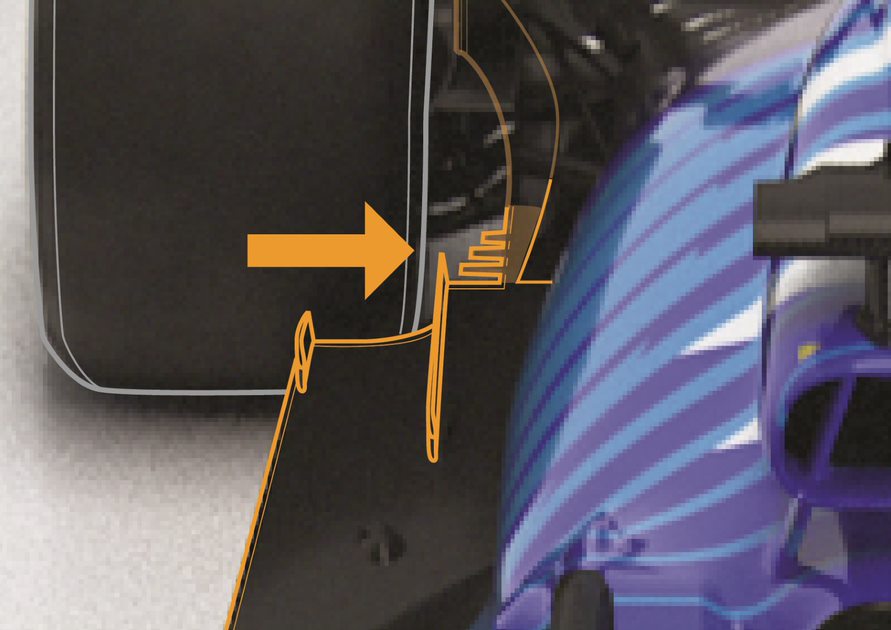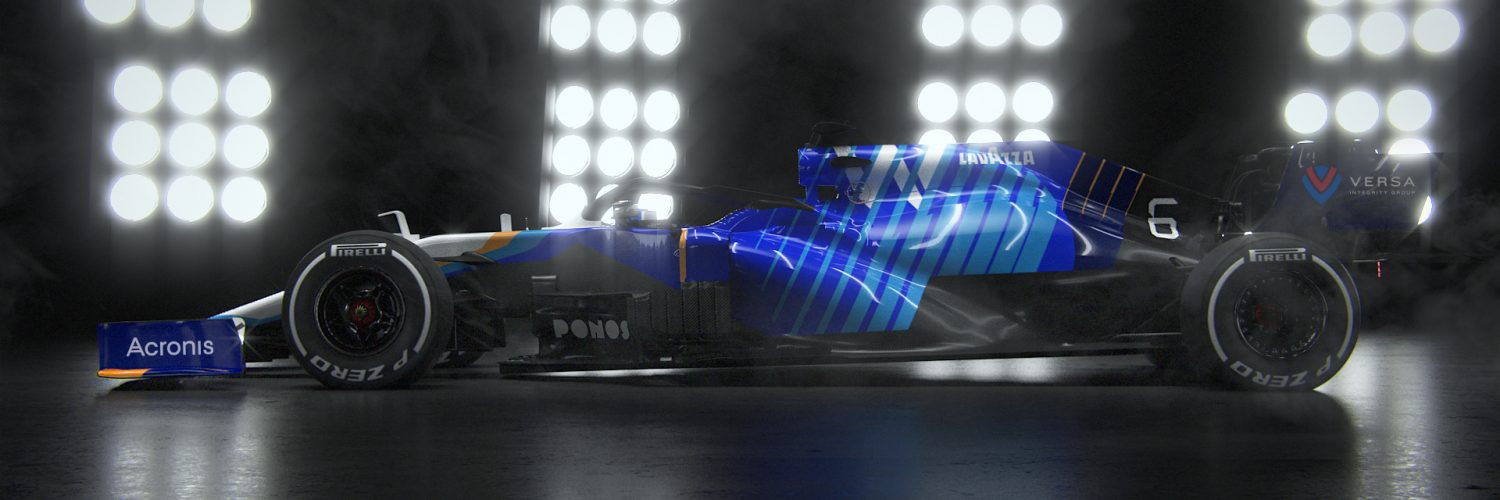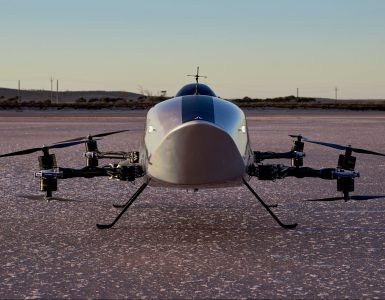2021 will prove to be a pivotal year for the Williams Racing team, partnered by Acronis, as it emerges as a new entity under Dorilton Capital ownership and new management in place. It does so as F1 copes with the pandemic, creating an interim set of regulations to maintain costs and keep the sport healthy, before its wider ranging new rule set make sit entrance in 2022.
As the car carries over so much from its 2020 race car, in traditional Williams style, the car is named as a B version of the FW43. Although limited by the regulations in how much it can change, the FW43B does show some development and also highlights the clever design work visible on the older car.
Coping with change
As soon as the pandemic took hold around the world at the start of the 2020 F1 season, the sport was quick to react to the situation and made a pragmatic series of rules, aimed at keeping the sport going, whilst at the same time reducing the costs for the teams racing through this uncertainty.
Thus, new Homologation rules came into force through 2020, with the majority of the 2020 race car design being frozen through the season. Thus, the cars racing in 2021 will share major proportion of the hardware raced in 2020, reducing the annual redevelopment costs. Some areas remained free from restriction, the aero bodywork and the outboard suspension being those key areas.
There remains a dispensation for teams to update some of these frozen designs with a token system. Each of the homologated assemblies is listed in the technical regulations, and with a cost of one or two tokens, teams are allowed two tokens to spend on updates, either one major redesign or two smaller ones.
With the incessant increase in downforce and thus loads on the Pirelli Tyres, so there have been aero changes to reduce the downforce the cars produce. These have affected the edge of the floor along the sidepods, the rear brake ducts and the vertical splitters inside the diffuser. Teams will lose aero efficiency from the changes, so the winter’s development for the teams will be to overcome the new restrictions and regain the downforce lost.
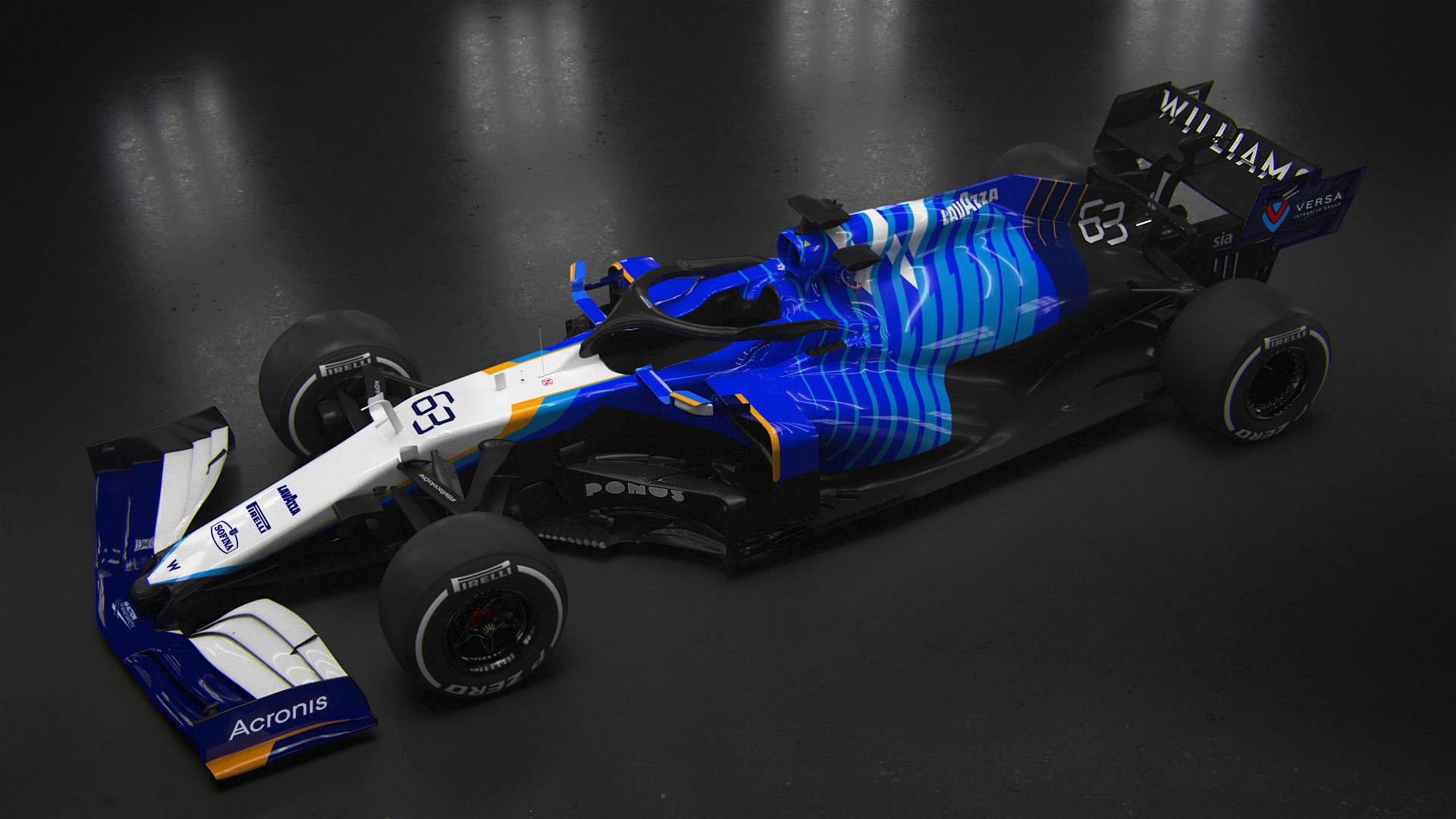
‘B’ spec
In modern F1, teams are used to completely redesigning the car over the winter, each new car gaining a new car number. However, in years gone by, teams were able to race a largely unchanged chassis over several seasons, each update gaining a suffix to the car’s number. Hence the nomenclature FW43B, as the second version of the 43 chassis.
So far, Williams have kept the token update private, so the major under the skin changes remain hidden. What known is that that Mercedes AMG have supplied their updated Hybrid power unit, that also sits in the rear of the Mercedes, Aston Martin and McLaren. However, Williams along with McLaren currently produce their own gearbox – mated to the rear of the V6 turbo engine.
So, the key visible changes are all aerodynamic, although Williams have also been careful to only release a 3D model of the car, making it easier to hide any clever ideas they have from rivals prying eyes. From front to rear, the Launch car show in the renders closely resembles the 2020 car. Many of these surfaces will change as testing starts and the season begins. What catches the eye are the changes along the flanks of the car; bargeboards, sidepods and the floor edge. These are clearly a response to the new aero regulations and revised cooling demands from the updated Mercedes AMG power unit.
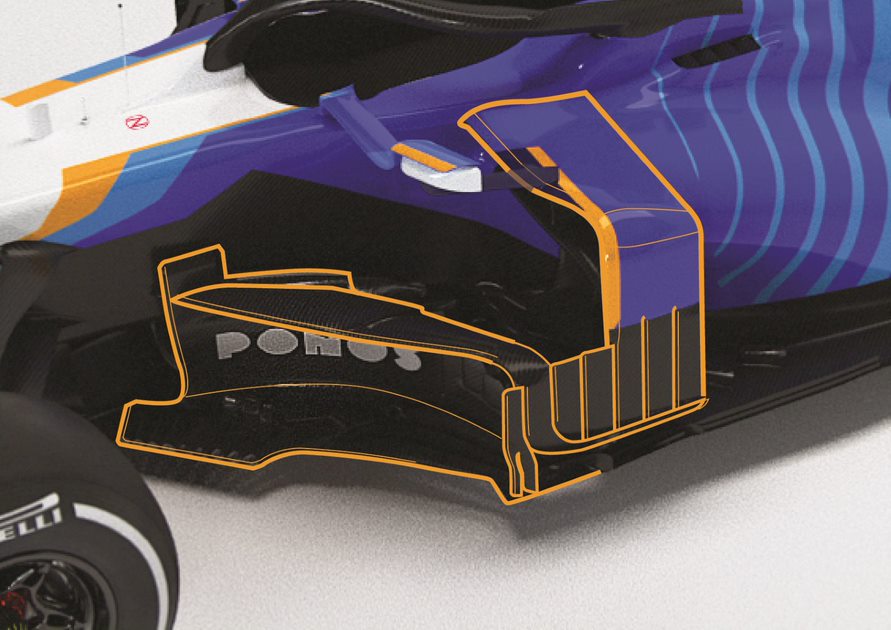
Last year, Williams found a clever solution to their sidepod design. Sidepods naturally create an obstacle to the airflow around the car, so the team’s aerodynamicists will seek to reduce the blockage. Doing so will increase airflow over the diffuser, creating increased downforce. But at the end of the day there still need to be radiators beneath the bodywork, so it remains their job to do the best they can with the volume of radiators the power unit requires. Teams can try to either create slim, undercut or sloped sidepods, and each has its merits and downsides.
Recently, the sidepods have increasingly swept downwards in side-profile. This directs the airflow passing over the top of the sidepod down towards the diffuser. Williams took this to a logical conclusion with the sidepod merged into the floor of the car, to create a smooth transition of the flow over the floor. This design continues into 2021 but the sidepod volume appears to have decreased usefully, making the sidepods narrower, as well as downswept.
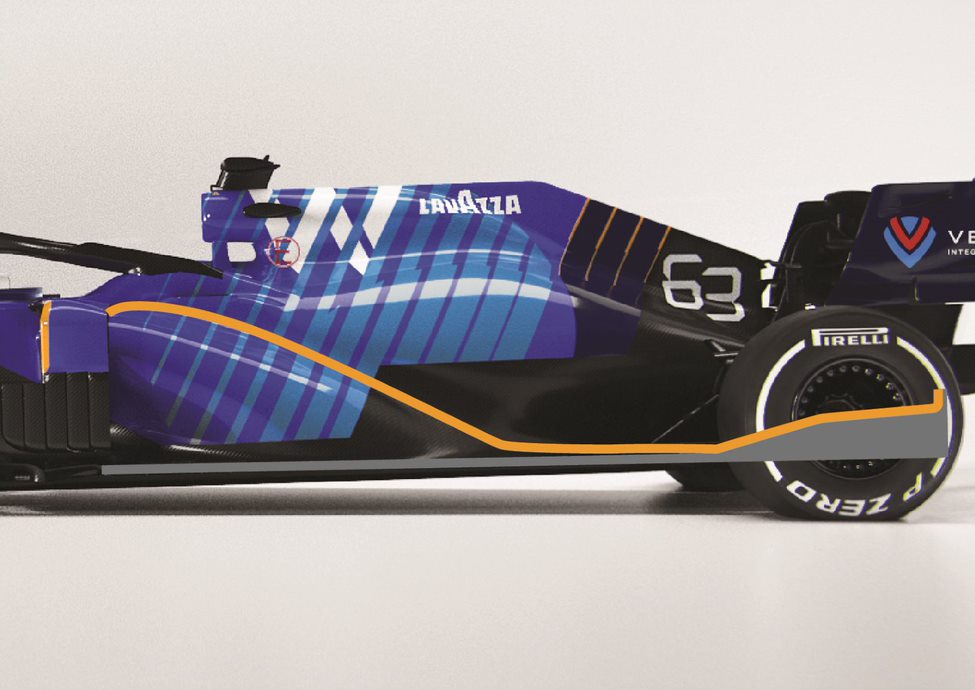
With narrow sidepods comes the problem of evacuating the hot air from the radiator cores and out of the rear of the sidepod. Williams directs the airflow upwards and partly over the engine, creating bulbous bodywork high up around the car. It’s in contrast to some of the other Mercedes engined teams who have sought to slim this area, requiring blisters to clear the revised engine inlet underneath.
Helping this downswept airflow are new vanes around the front of the sidepod. These now form one “L” shaped device, rather than the separate vertical and horizontal fins used in 2020. These vanes also form part of the array of smaller vertical fences along the sidepod front, which are larger and more numerous than on the FW43.

Along the floor edge, the taper and ban on slots and add-ons ahead of the rear tyre create problems for the designers, as this area served several aero functions, which are crucial for aero efficiency and hard to replicate under the new rules. Some simpler vanes are fitted at each end of the floor, similar to those already shown by other teams.
One detail feature that could prove useful are some fins extending from the floor edge next to the rear tyre. Part of the floor’s function in this area is to keep the wake from the large rear tyre spilling off and entering the diffuser. These fins could help straighten the airflow and keep the diffuser clean of tyre wake.
